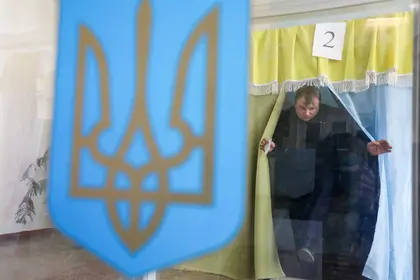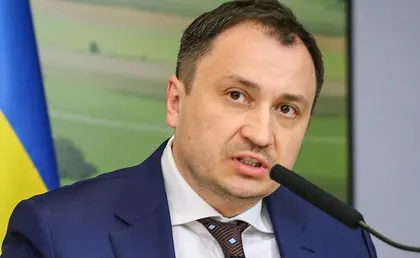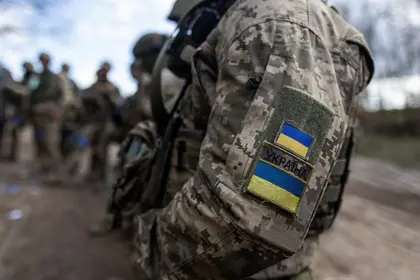The Embassy of the United Kingdom in Kyiv has apologized for British police’s decision to include the Ukrainian coat of arms, called the “tryzub,” in a counter-terrorism police manual distributed to medical staff and teachers as part of anti-extremism briefings.
The document, which was published by the Guardian on Jan. 17, has triggered a backlash in Ukraine, with many lambasting what they view as denigration of a Ukrainian national symbol.
“We recognize and regret the offense caused by the inclusion of the Ukrainian tryzub in a British police ‘visual guide manual,’” the embassy said on Jan. 20. “As the police have said, the document in question explicitly states that many of the symbols are not of counter-terrorism interest.”
The embassy also said that “the British government fully respects the official symbols of Ukrainian statehood, including the flag, the coat of arms and the anthem of Ukraine.”
“We recognize that the tryzub, Ukraine’s state Coat of Arms, carries constitutional importance, as well as both historical and cultural significance for the people of Ukraine,” the embassy continued.
The tryzub, which means “trident” in Ukrainian, was used as a symbol, including on coins, by princes of the Kyivan Rus from the 10th to 13th centuries and also served as the coat of arms of the Ukrainian People’s Republic, a short-lived state that existed from 1917 to 1921. It was adopted as the coat of arms again when Ukraine became independent in 1991.
Ukrainian historian Yaroslav Hrytsak has argued that including the tryzub in anti-extremism guidelines “doesn’t make any sense.” He said it is a symbol of the Ukrainian state and not of any nationalist groups.
Hrytsak attributed the symbol’s inclusion to a misunderstanding or weak knowledge of Ukraine.
The extremism guidelines also included the symbols of Greenpeace, the environmental protest group Extinction Rebellion (XR) and other non-violent groups alongside those of neo-Nazis, according to the Guardian.
The guide, produced by Counter Terrorism Policing, is used across England as part of a training program targeting extremist groups called Prevent.
The British police said that the guide is not meant to portray all the groups it features as extremist, arguing it is meant to boost understanding of the signs and symbols people may come across in their work.
The police also said that “not all of the signs and symbols noted within this document are of counter terrorism interest.”
“The (document) was produced to help police and close partners identify and understand signs and symbols they may encounter in their day-to-day working lives, so they know the difference between the symbols for the many groups they might come across,” Dean Haydon, deputy assistant commissioner at the Metropolitan Police, told the Guardian.
“But the guidance document in question explicitly states that many of the groups included are not of counterterrorism interest, and that membership in them does not indicate criminality of any kind. To suggest anything else is both unhelpful and misleading.”
You can also highlight the text and press Ctrl + Enter







Comments (0)